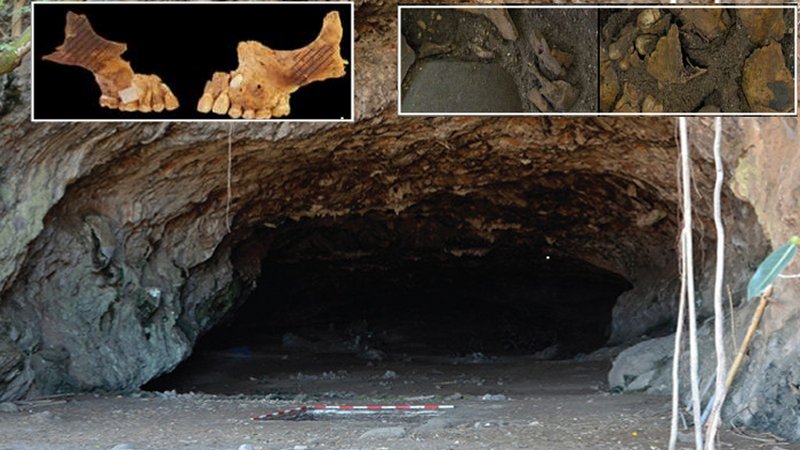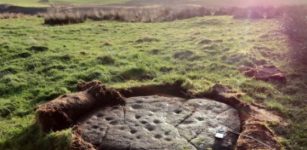The Timna – Valley Of The Ancient Copper Mines Dates Back To The Reign Of King Solomon
MessageToEagle.com – The Timna – “Valley of the ancient copper mines”, located in the southwestern Arava, some 30 km north of the Gulf of Eilat, Israel – is dated to the 10th century B.C., during the reign of the legendary King Solomon, according to evidence from an archaeological excavation in the area.
It was long believed that the vast copper mines in the area were built by the ancient Egyptians in the 13th century BC.
The excavation led by TAU archaeologists Dr. Erez Ben-Yosef of Tel Aviv University’s Jacob M. Alkow Department of Archaeology and Near Eastern Cultures delivered the findings overturn the archaeological consensus of the last several decades.
Based on the radiocarbon dating of material unearthed at a new site in Timna Valley in Israel’s Aravah Desert, the copper mines, were most probably operated by the Edomites, a semi-nomadic tribe that according to the Bible warred constantly with Israel.
“The mines are definitely from the period of King Solomon,” says Dr. Ben-Yosef. “They may help us understand the local society, which would have been invisible to us otherwise.”
Now a national park, Timna Valley was an ancient copper production district with thousands of mines and dozens of smelting sites.
In February 2013, Dr. Ben-Yosef and a team of researchers and students excavated a previously untouched site in the valley, known as the Slaves’ Hill, a massive smelting camp containing the remains of hundreds of furnaces and layers of copper slag, the waste created during the smelting process.
In addition to the furnaces, the researchers unearthed an impressive collection of clothing, fabrics, and ropes made using advanced weaving technology; foods, like dates, grapes, and pistachios; ceramics; and various types of metallurgical installations.
See also:
Mystery Of King Solomon’s Mines: An Unsolved Ancient Enigma
Quest For Legendary Ophir – The Biblical El Dorado
The Slaves’ Hill dig also demonstrates that the society in Timna Valley was surprisingly complex. The smelting technology was relatively advanced and the layout of the camp reflects a high level of social organization.
Impressive cooperation would have been required for thousands of people to operate the mines in the middle of the desert.
“In Timna Valley, we unearthed a society with undoubtedly significant development, organization, and power,” says Ben-Yosef.
“And yet because the people were living in tents, they would have been transparent to us as archaeologists if they had been engaged in an industry other than mining and smelting, which is very visible archaeologically.”
Although the society likely possessed a degree of political and military power, archaeologists would probably never have found evidence of its existence if it were not for the mining operation.
Ben-Yosef says this discovery calls into question archaeology’s traditional assumption that advanced societies usually leave behind architectural ruins.
He also says that the findings at the Slaves’ Hill undermine criticisms of the Bible’s historicity based on a lack of archaeological evidence.
It’s entirely possible that David and Solomon existed and even that they exerted some control over the mines in the Timna Valley at times, he says.
MessageToEagle.com














